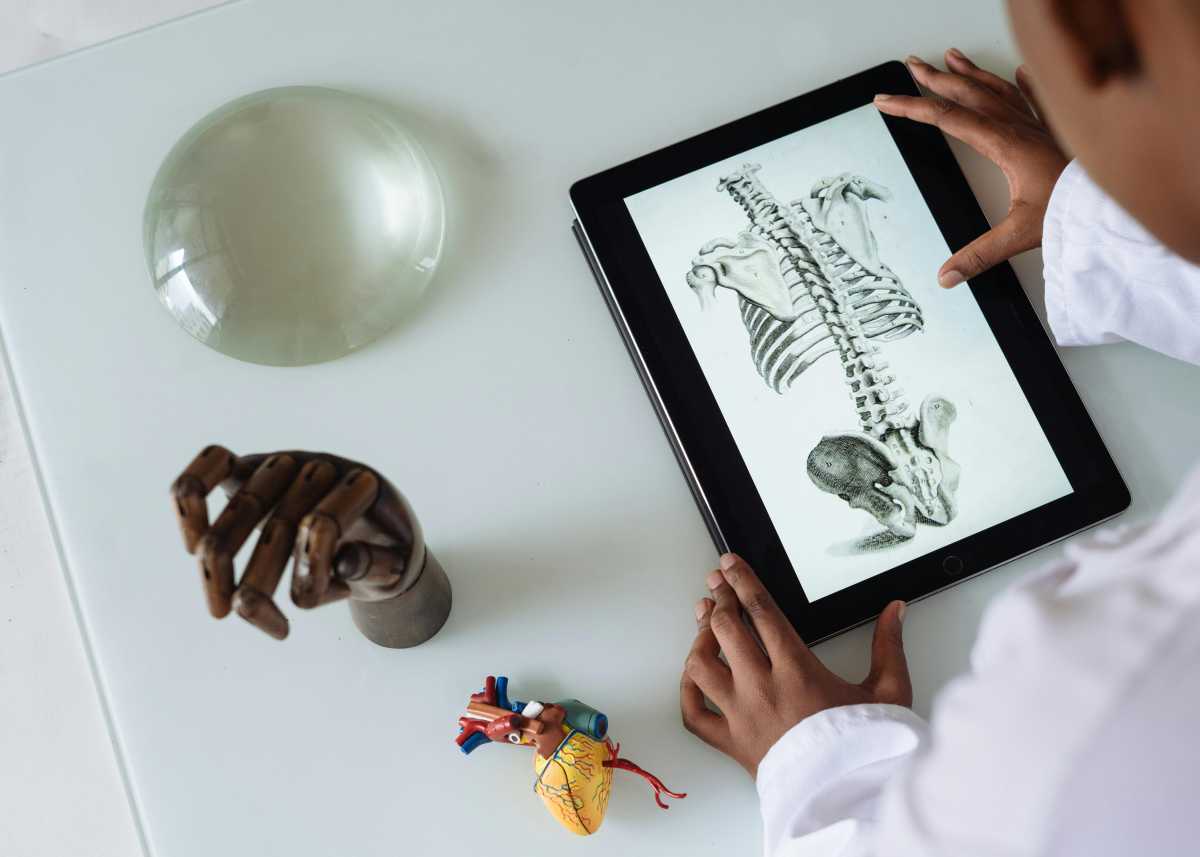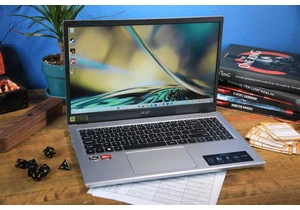I’ve realized that it’s impossible to buy an office chair without the word “ergonomic” plastered all over the marketing materials. But that doesn’t necessarily mean a chair has got what it takes to keep my back comfortable and injury-free.
Yep, I’m sorry to say that I’ve fallen for all the marketing mumbo jumbo, only to buy a chair that has left me with a bad back strain. So now I cut through the hype and look for the one feature that I know is the real determinant of whether a chair is ergonomic or not — lumbar support. Here’s what I’ve learned.
Why lumbar support in office chairs is crucial
Lumbar support in an office chair refers to how the chair supports your lower back and spine.
If you’ve seen anatomy diagrams, you will understand why you definitely need support down there. Your spine makes an S shape, with an inward bend at the top, and another one at the bottom.
Support in that lower portion helps fill in the gap between your chair and your spine — and therefore prevents that S curve from flattening out. That in turn prevents slouching and strain to the muscles and ligaments in your back that can lead to injury.

Pexels: Retha Feurgurson
But alas, all types of lumbar support aren’t equal. Here’s what to look out for…
Types of lumbar support
In office chairs, lumbar support comes in three types. The most basic is fixed lumbar support like you see in large PU leather chairs like the HeroSet chair.
In this type of chair, you can’t adjust the back rest for a closer fit; it remains stationary and unmovable.
Unsurprisingly, chairs with fixed support aren’t the most versatile for comfort. They tend to be a little cheaper on the hip pocket because of that, too.
Another kind of lumbar support advertised by office chair manufacturers is dynamic support. You can see dynamic lumbar support in action in chairs like the Shihoo S100 office chair. In this type of office chair, the chair’s backrest moves and adjusts to fit your lower back.
That would appear to be the best option for most people, but the fact that the support is automatic can be a little too prescriptive at times, not allowing you to make adjustments if your comfort basepoint changes for any reason — for example, if your back is sunburnt, or you find the pressure the backrest is applying is too much.
Chairs with this kind of lumbar support are usually costly, and at the higher end of the price range.
My favorite kind of lumbar support, and the only kind I’ll go for these days in an office chair, is adjustable lumbar support. Chairs with this kind of lumbar support let you adjust the support to suit your individual requirements. Preferably, the height, depth, and firmness of the backrest in the lumbar area. This will often be called 3D adjustable lumbar support.
That allows you to set an exact setting that feels comfortable and supportive, such that is protects the S curve in your spine so as to help prevent injury. You are also at liberty to change the settings if your needs change.
Office chairs from brands like Holludle and Duramont have this feature, as do a heap of others on Amazon. A bonus is that chairs with this kind of lumbar support are still quite affordable: around $100 to $299 in most cases.
So, be sure to look for this one feature next time you need to buy an office chair — your back will thank you.
Chcete-li přidat komentář, přihlaste se
Ostatní příspěvky v této skupině

What’s one thing you can never have enough of? USB-C cables. If you’r

As a federal antitrust investigation into Google’s Chrome browser wra

If you’ve been looking for a fantastic deal on a solid budget laptop,

Here’s a conundrum our household of Philadelphia Eagles fans has freq


Microsoft OneNote has been one of the most popular note-taking apps f

It’s been a year since we saw a new graphics card festooned in Noctua
